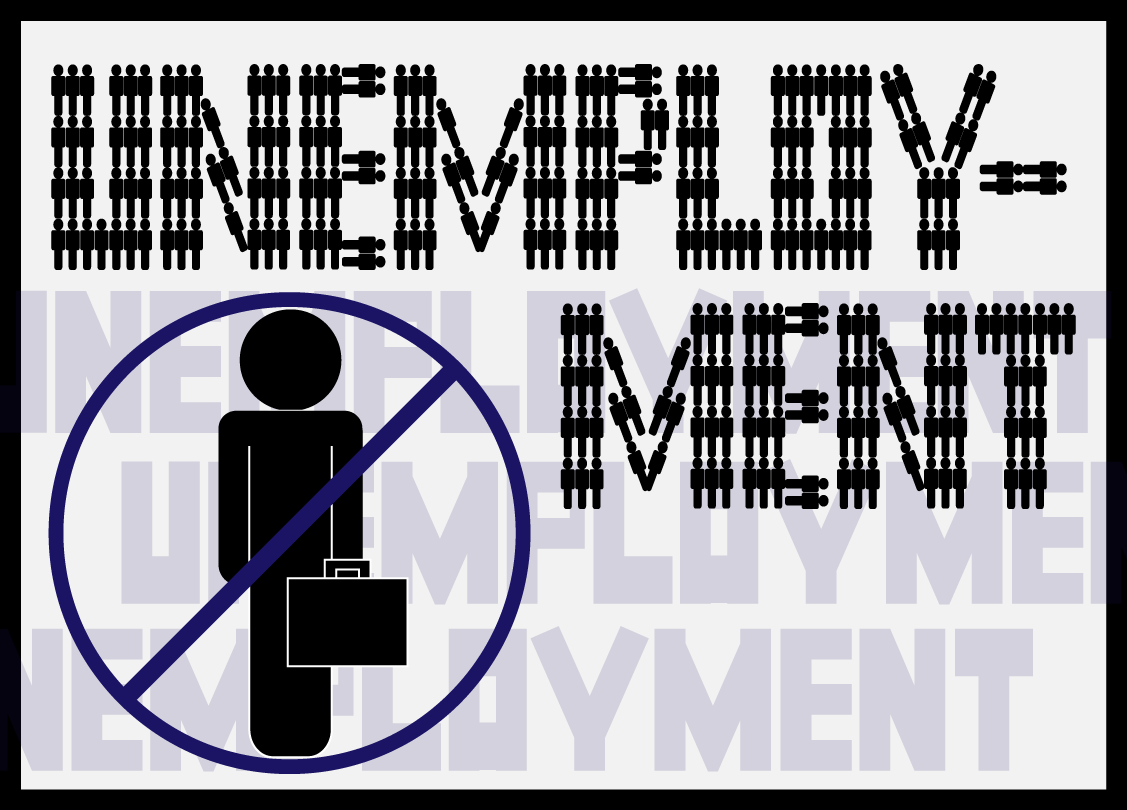The article I wanted
to talk about today is called “Dollarama profit up despite rising input costs”,
posted on CBC news on December 4, 2014. This article is making it clear that
since the dollar is going down but raising wages for employees is going up that
it is hard for Dollarama to function its business. The profits of the dollar
store increase to 55 cents a share in the three months up to the end of the
month October. Dollarama’s overall sales had boosted 12% to $588 million. The chain
that started off in Montreal has added eleven new stores, making a total of 928
stores. It is quite obvious how convenient Dollarama is to the public, whether
it is for a picking up a birthday card, Christmas decorations, or some gum. The chain is reliant on imports, it is quite frail
towards the low loonie, and this is because a low loonie makes bringing in the
products more costly. It is said that the input costs are expected to go up
more in the new year when new tariffs on foreign goods are applied. Some provinces
have increased their minimum wage and it’s not looking so good for their
company’s profits. Dollarama retailers are hoping that the Christmas season
brings in a lot of customers. "You have to appreciate that the dollar store
business is a labour-intensive business. "
- CEO Larry Rossy.
The government function
that is involved with this article is maintaining competition. This is because,
Dollarama is going through some difficult times in the sense that they can not
afford to raise their employees’ wages with the loonie being so low. Therefore,
the chain of stores must proceed to think about new ways in which to bring in
customers for the Christmas season. Dollarama is in competition with Buck or
Two and the evil cousin Dollar Tree. Dollarama must think of new tactics to use
in order to bring in more people otherwise they will have no choice but to lay
off people or hope the Canadian dollar increases. If Dollarama prices increase,
people are going to notice and they will put their money to the items sold
somewhere else.







